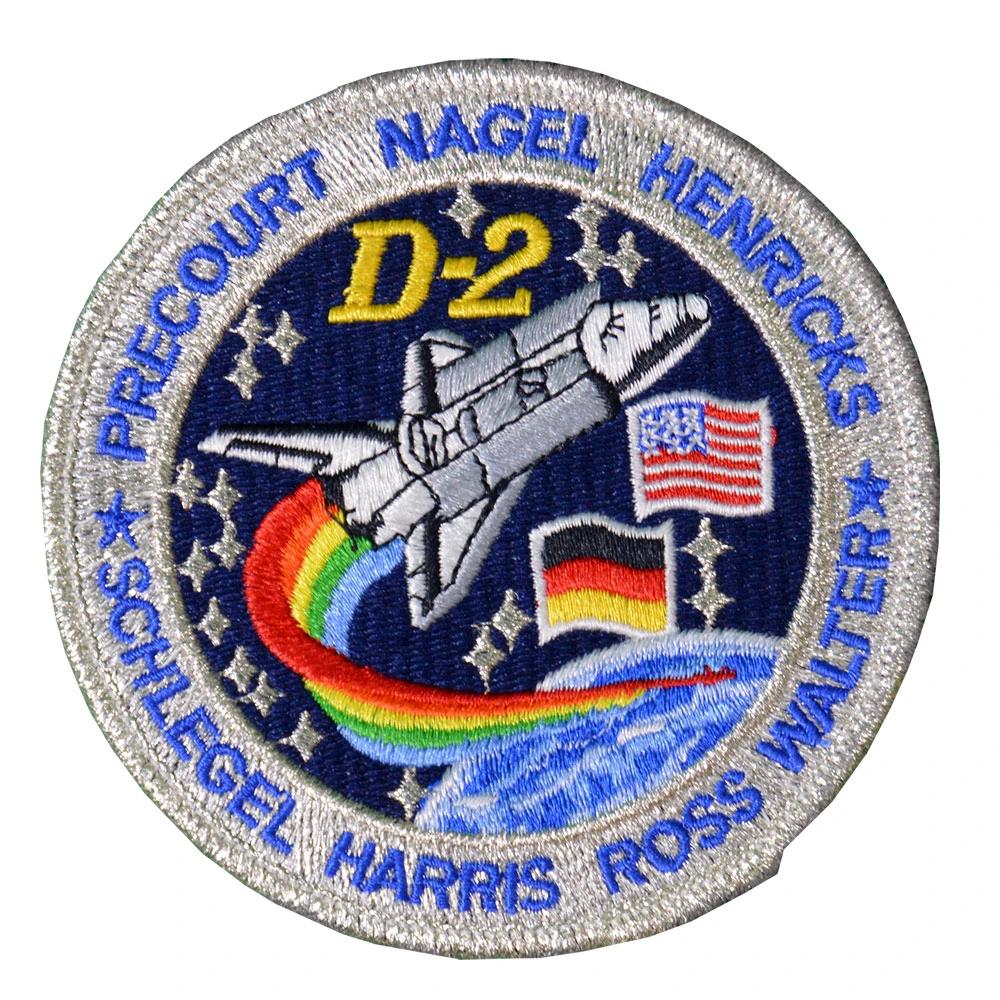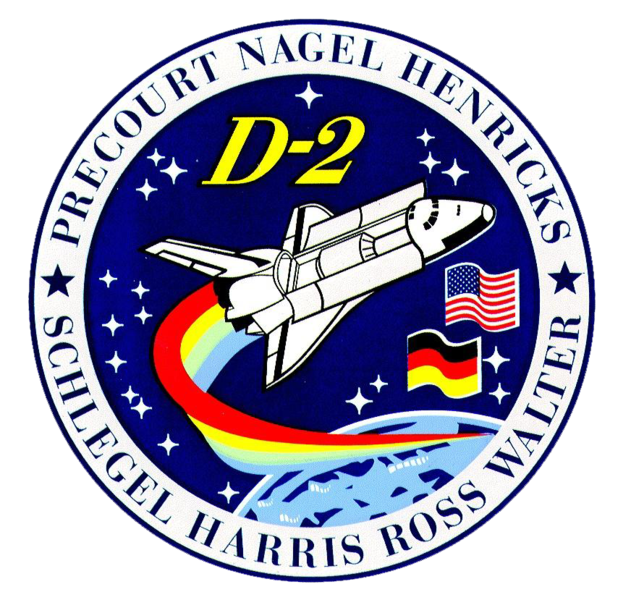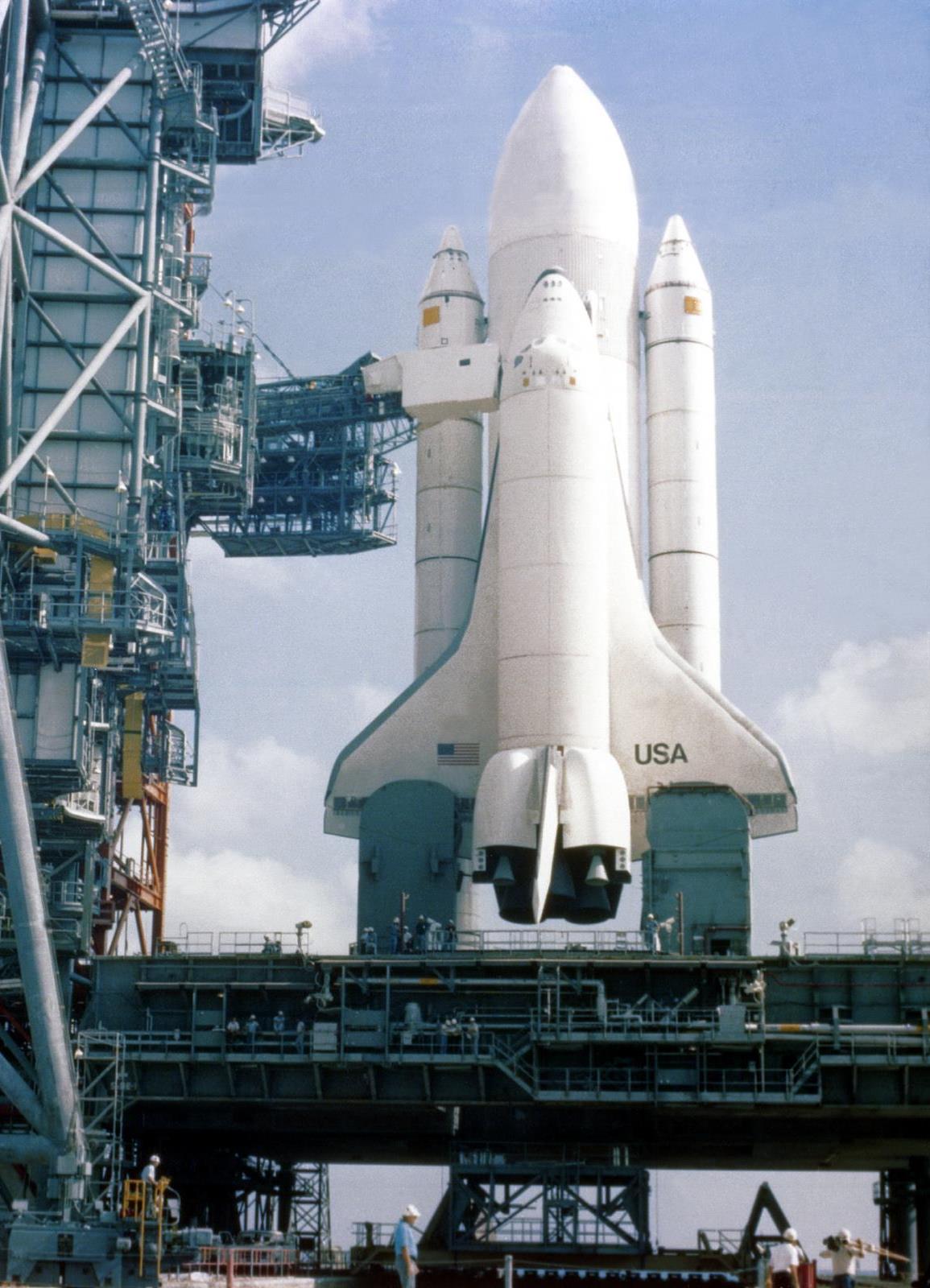Steven R. Nagel
(Fourth Space Flight)
Terence T. Henricks
(Fourth Space Flight) Mission Specialist 1:
Jerry L. Ross
(FirstSpace Flight) Mission Specialist 2:
Charles J. Prescourt
(First Space Flight) Mission Specialist 3:
Bernard A. Harris
(First Space Flight) Payload Specialist 1:
Ulrich Walter DLR
(First Space Flight) Payload Specialist 2:
Hans Schlegel, DLR
(Second Space Flight)
STS-55 (Space Transportation System 55), or D-2 was the 55th overall flight of the US space shuttle and the 14th flight of Shuttle Columbia. This flight was a multinational Spacelab flight involving 88 experiments from eleven different nations. The experiments ranged from biology sciences to simple earth observations.
Columbia carried to orbit the second reusable German Spacelab on the STS-55 mission and demonstrated the shuttle's ability for international cooperation, exploration, and scientific research in space. The Spacelab Module and an exterior experiment support structure contained in Columbia’s payload bay comprised the Spacelab D-2 payload. (The first German Spacelab flight, D-1, flew Shuttle mission 61-A in October 1985.) The U.S. and Germany gained valuable experience for future space station operations.
A free template by Lucknowwebs.com for WYSIWYG WebBuilder 8
Study
Research
Main Index
Space Cosmology
Science Research
*
About
Science Research
Science Theories
Desk
Site Map
BookShelf
Copyright © by Nigel G Wilcox · All Rights reserved · E-Mail: ngwilcox100@gmail.com
Designed by Nigel G Wilcox
Powered By AM3L1A
Pages within this section: USA Shuttle Mission Flights
STS-55
Pages within this section:
The Space Shuttle Missions
Astronauts:
STS-55
Command Pilot:
Pilot:
53
M
8
SM
Sub-Menu
menu
-
54
55
56
57
58
59
60

The D-2 mission, as it was commonly called, augmented the German microgravity research program started by the D-1 mission. The German Aerospace Research Establishment (DLR) had been tasked by the German Space Agency (DARA) to conduct the second mission. DLR, NASA, the European Space Agency (ESA), and agencies in France and Japan contributed to D-2's scientific program. Eleven nations participated in the experiments. Of the 88 experiments conducted on the D-2 mission, four were sponsored by NASA.
The crew worked in two shifts around-the-clock to complete investigations into the areas of fluid physics, materials sciences, life sciences, biological sciences, technology, Earth observations, atmospheric physics, and astronomy. Many of the experiments advanced the research of the D-1 mission by conducting similar tests, using upgraded processing hardware, or implementing methods that took full advantage of the technical advancements since 1985. The D-2 mission also contained several new experiments which were not previously flown on the D-1 mission.
The mission surpassed the 365th day in space for the Space Shuttle fleet and the 100th day of flight time in space for Columbia, the fleet's oldest Orbiter, on its fourteenth flight.
D-2 marked the first tele-robotic capture of a free floating object by flight controllers in Germany. The crew conducted the first intravenous saline solution injection in space as part of an experiment to study the human body's response to direct fluid replacement as a countermeasure for amounts lost during space flight. They also successfully completed an in-flight maintenance procedure for collection of orbiter waste water, which allowed the mission to continue.
STS-55 crewmembers participated in two amateur radio experiments, SAREX II from the United States and the German SAFEX. These experiments allowed students and amateur radio operators from around the world to talk directly with the Space Shuttle in orbit and participated in a SpaceMedicine conference with the Mayo Clinic.


Spacelab Module LM1 in Columbia's payload bay, serving as the Spacelab D-2 laboratory















